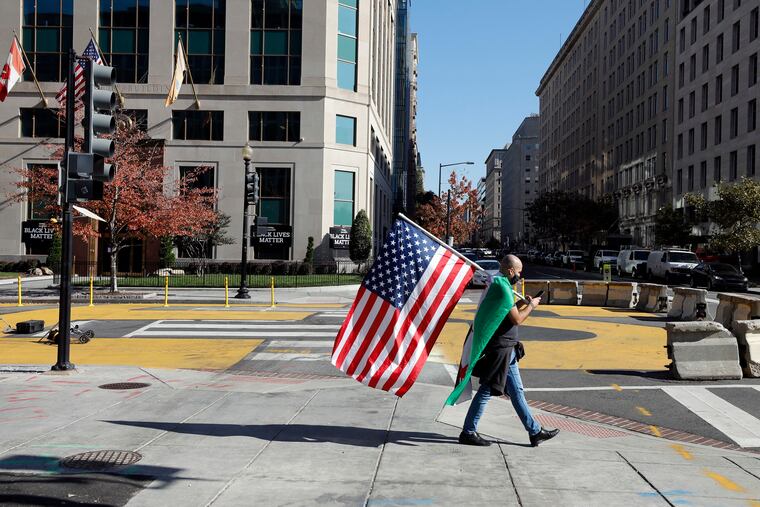‘Deaths of despair’ have decimated my family. In Pa., it’s all too common.
The path out of Trumpist nihilism is an inclusive politics that acknowledges and responds with urgency to the profound dislocation felt by the white working class.

The path out of Trumpist nihilism is an inclusive politics that acknowledges and responds with urgency to the profound dislocation felt by the white working class.
